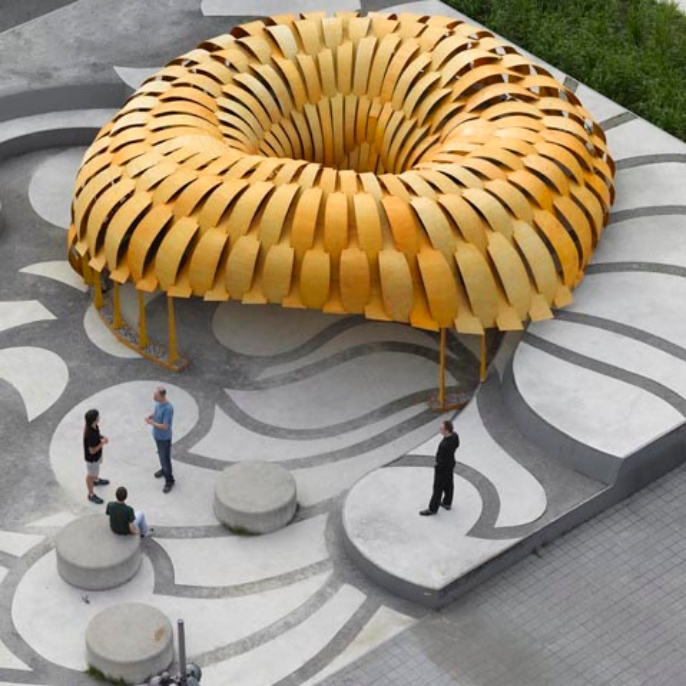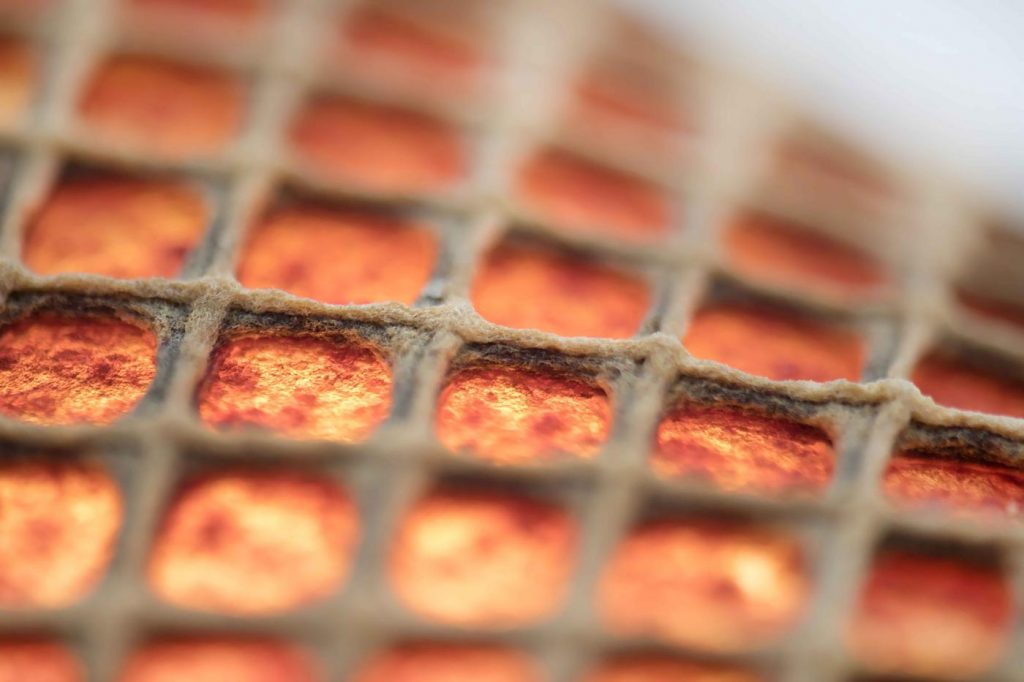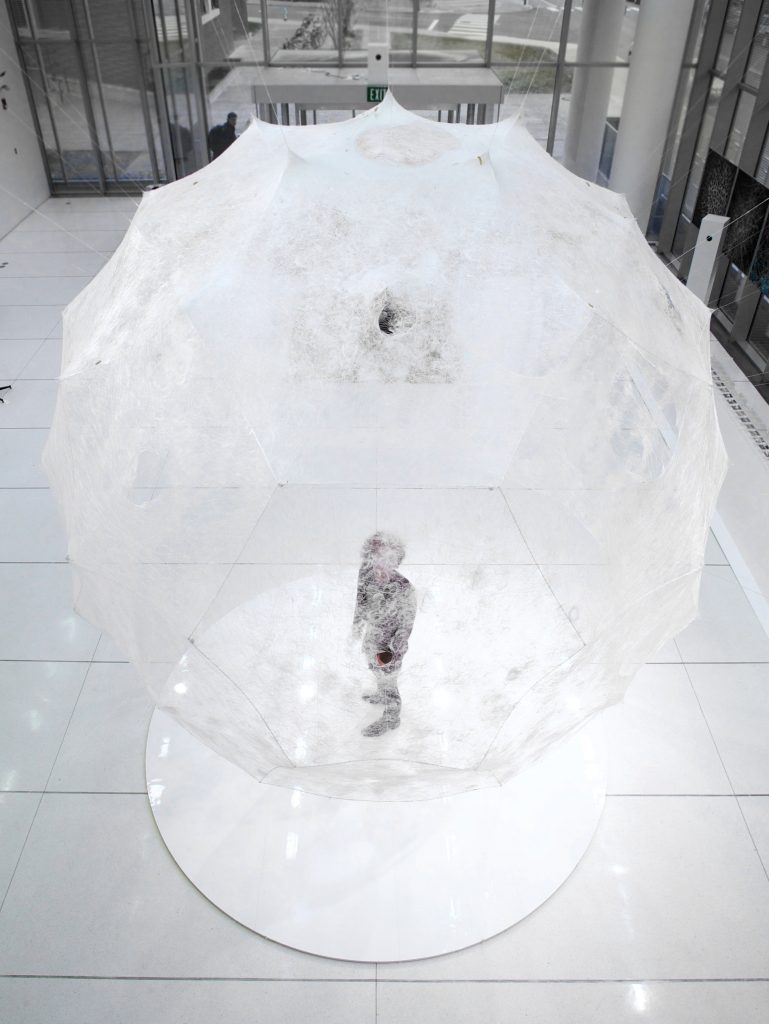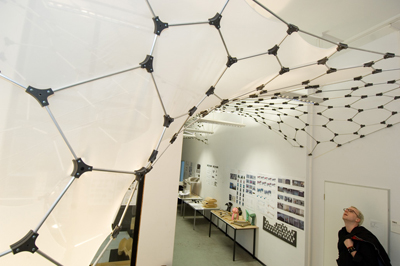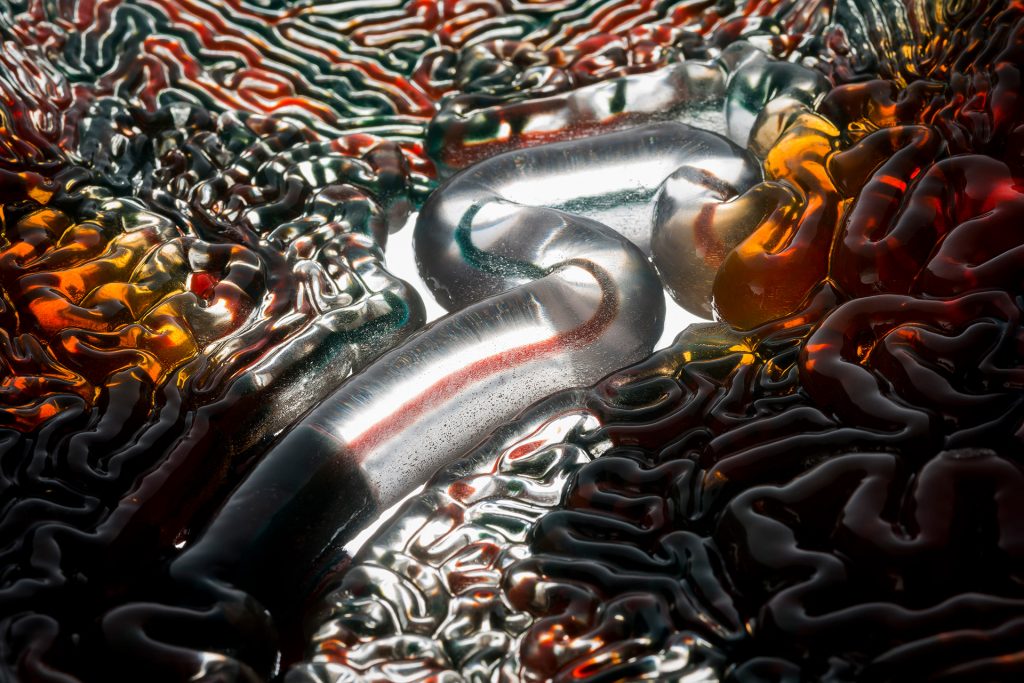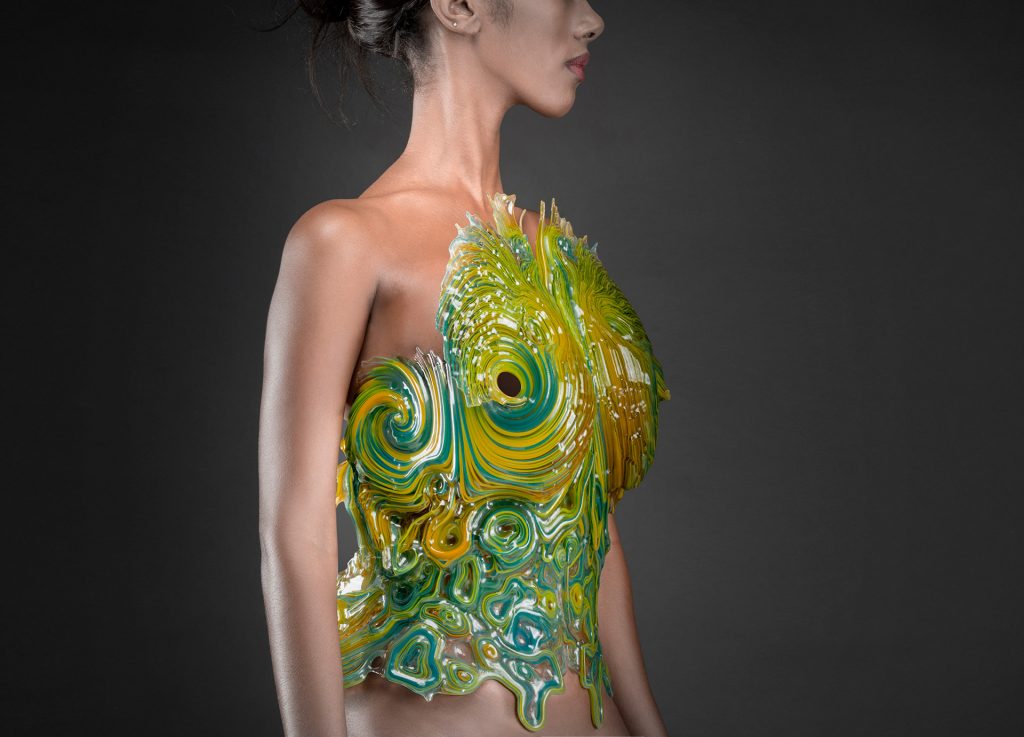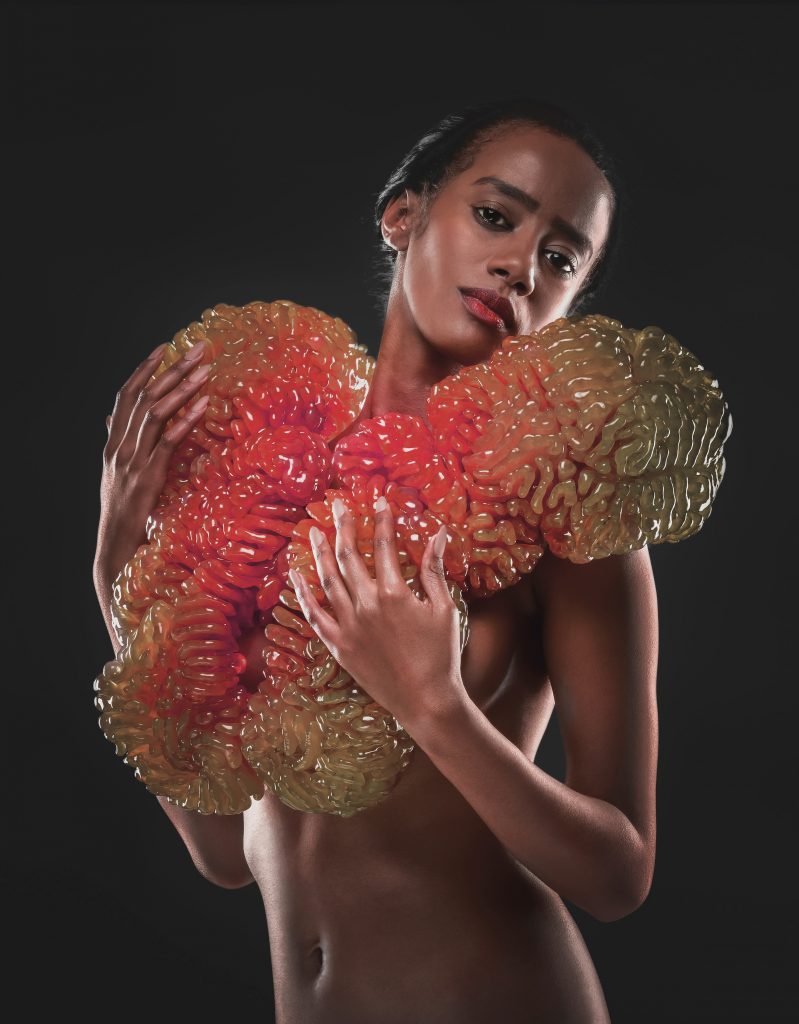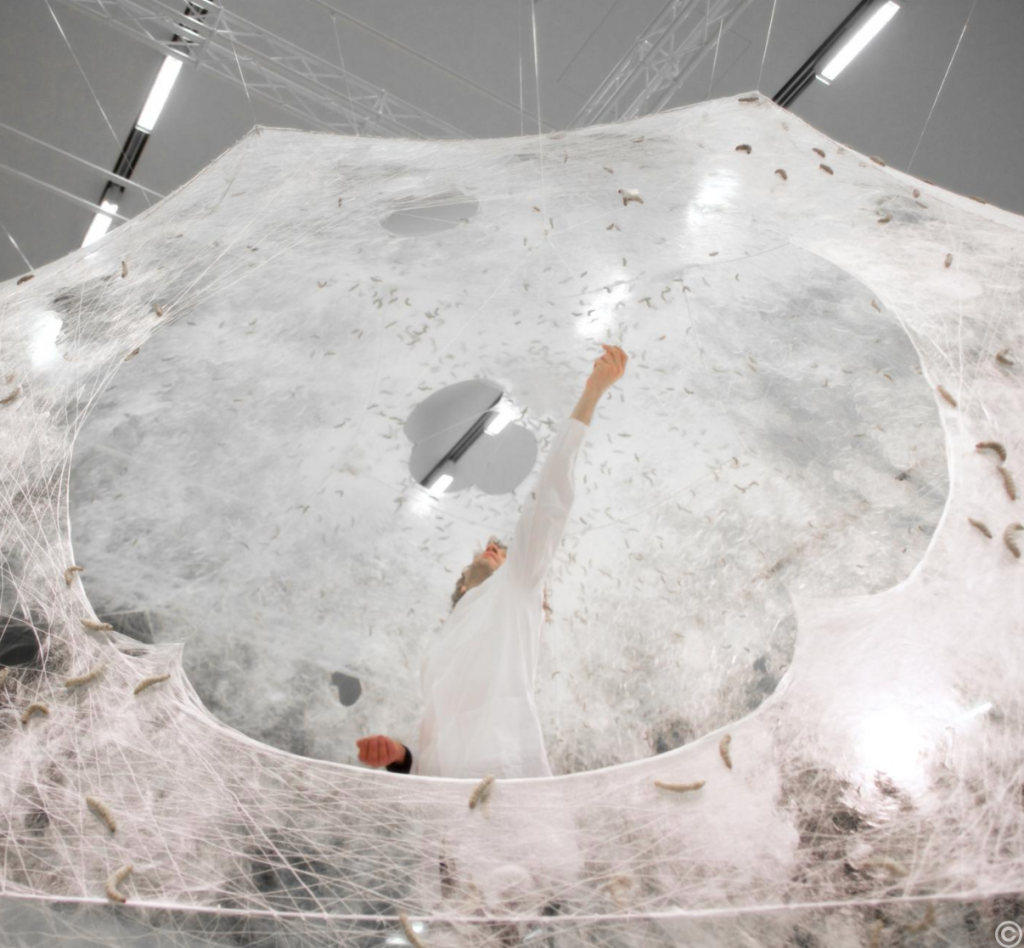I really admire the Mamou Mani project because of its soft and modern-looking design. The unique shapes and curves of the different digital structures in his work create a futuristic style while also having enough simplicity to make the structures more realistic. Each one of his projects also has an intention behind it, whether it is to create a building that is more eco-friendly or a building that emphasizes the rich culture of the community that built it. A lot of the shapes in the buildings are looping and repeating throughout the construction, so parts of the algorithm are looping to create that consistent and patterned look. For example, in the ECOPODS project, the entire building is one looped grouping of code. You can tell that if the building were taller, the design would continue climbing upward with the spiraling pattern. The artist also seems to like to use flowy movements with his work, which are most evident in his DNA BlockChain Skyscraper.
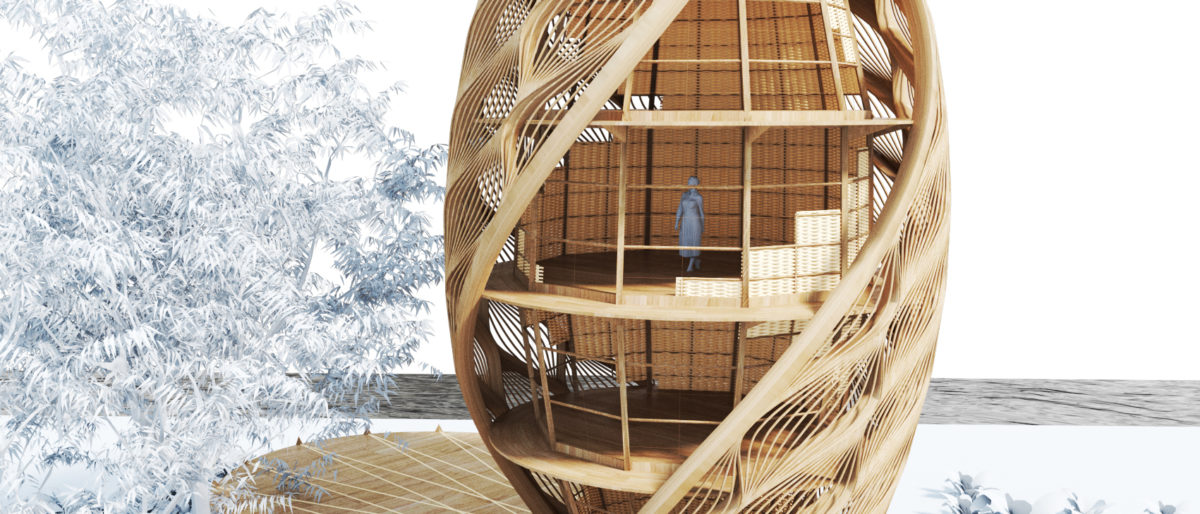

![[OLD SEMESTER] 15-104 • Introduction to Computing for Creative Practice](../../../../wp-content/uploads/2023/09/stop-banner.png)
